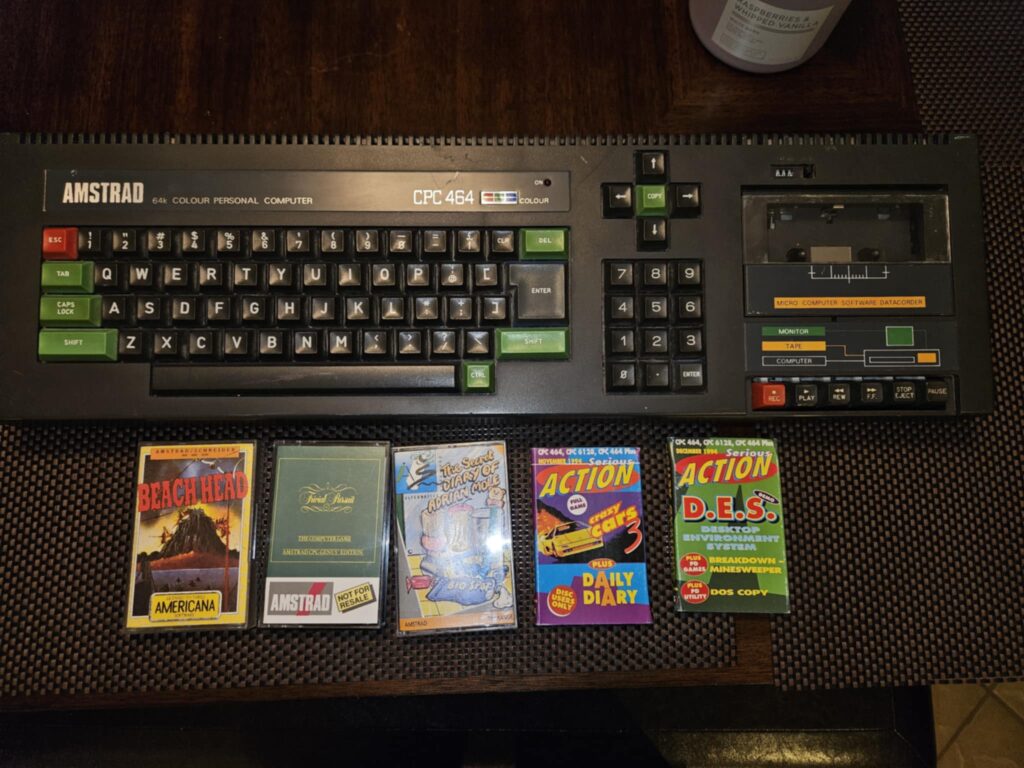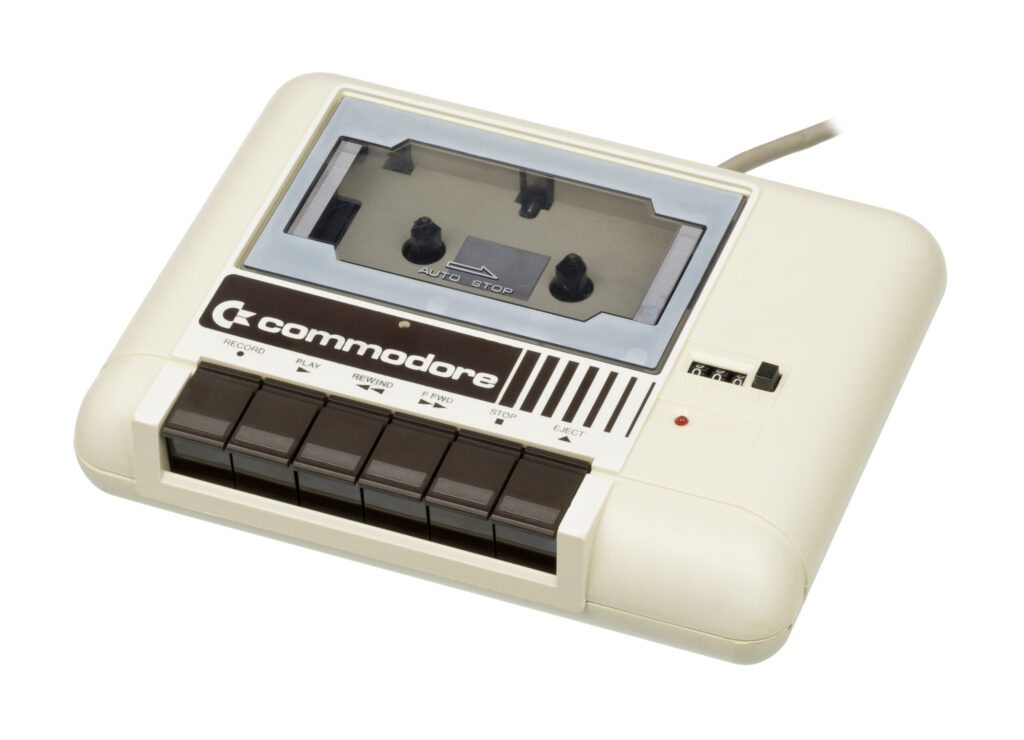
SUMMARY – Yes it was a thing, but primarily in European countries. Not prevalent in the United States due to differing audio formats.
I recently saw a flurry of memes on the regular socials stating that people in the 80s downloaded video games over the radio by recording the transmission onto audio cassette and then replaying the tape in their favorite system.
This seemed like an relatively hot topic and commenters were either saying this wasn’t a thing while others recalled their very specific memories of doing this. I know it’s certainly technically possible, but I had never personally heard of it being done in the United States. Commenters on the posts seemed to confirm this – it was primarily done in Europe but not so much in the United States. I was surprised to see how much discord this particular topic brought out in folks in the groups. I wanted to explore a bit further.
In Europe, cassette tapes as a storage medium was overall more popular that floppy disks in the 1980s. This was primarily due to the cost and availability of floppy disk drives in the region, but also due to the fact that so much software was already readily available on cassette tapes. Also, some popular European systems such as the Amstrad CPC 464 had a built-in cassette tape deck.
All cassette tape formats are not created equal, however. Another probable reason that retransmission of tape images was more prevalent in Europe than the United States was likely due to this difference in format. In the 1980s, the Commodore 64 was the most popular home computer in the USA, followed by the IBM PC and Apple II. While the Commodore 64 was also popular in the European market, other alternatives such as the Amstrad CPC and ZX Spectrum were also very popular.

Similar to the ZX Spectrum, the Amstrad CPC used a standard audio-based tape format (TZX) for data storage much like a standard audio cassette. However, the Commodore Datasette was a dedicated, digital-based cassette drive with built-in analog-to-digital converters, offering greater reliability but slower data transfer. This digital format required a more accurate analog transmission which made FM broadcast difficult and unreliable.

Because of its digital format the Commodore Datasette is both more reliable than other data cassette systems and very slow, transferring data at around 50 bytes per second. After the Datasette’s launch, however, special turbo tape software appeared, providing much faster loading and saving. Such software was integrated into most commercial prerecorded applications (mostly games), as well as being available separately for loading and saving the users’ homemade programs and data. These programs were only widely used in Europe, as the US market had long since moved onto disks.
I have heard unconfirmed anecdotal reports of some folks doing private FM peer-to-peer transmissions of Commodore Datasette, although the person reported it working only about 50% of the time.
The European’s more audio standard data format is much more forgiving of poor audio quality and therefore much more apt to be transmitted over FM radio waves.
I have added a FM Bluetooth Module to my own Amstrad CPC machine to create a “virtual tape” by streaming .CDT files via .WAV format via bluetooth. I’ll create that how-to in the future and post a link to that article here.
What was relatively popular and reliable in the 1980s, if you were an Amateur Radio Operator (or HAM, for short) was packet radio!
Amateur Radio Operators are licensed by a regulatory body (the FCC in the United States) and generally have to pass a technical exam in order to gain frequency privileges.
Packet radio can work in both the HF frequencies (3 to 30 Mhz) as well as in VHF/UHF frequencies (144/440 Mhz), with the lower frequencies offering a max of 300 baud data transmission and 1200 baud operating reliably on 144-148 mhz. The higher frequencies can get higher baud rates (up to 9600 baud) because of the amount of available bandwidth. Data transmissions were half-duplex, meaning that transmit or receive only happened at a time, not simultaneously.
Amateur Radio Operators had fixed station Bulletin Board Systems (BBSs) on the air where users could call a particular callsign and connect. A full suite of operations were available to the “caller” including messaging and even file downloads. Given the slow transmission rates and half-duplex communications, the files available for download were generally very small and were typically not games and more HAM-centric software such as antenna calculation programs, etc.

Packet Radio still operates today, although not quite the same as it did in the 80s and 90s. Today, services such as Winlink offer a radio connection to the Internet for remote stations and seafaring vessels providing access to email and text messaging over radio. The International Space Station also has an open connection available for Amateur Radio Operators to make contact during it’s flyovers.

Amateur Radio is a fun and exciting hobby, even today. If you are interested, visit the ARRL website to learn more.
Did you enjoy this article? Click here to stay informed, support retro, and subscribe to Computes Gazette today!

Leave a Reply
You must be logged in to post a comment.